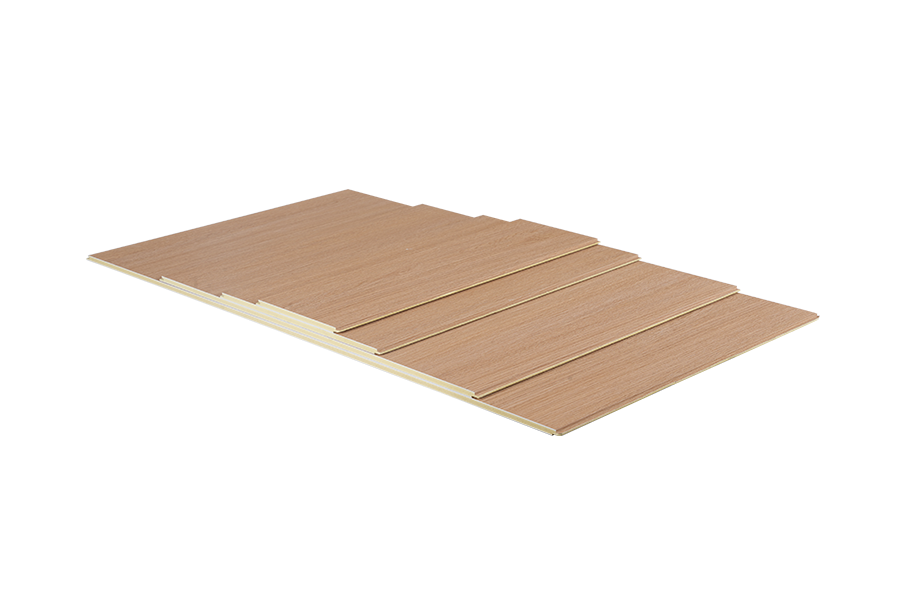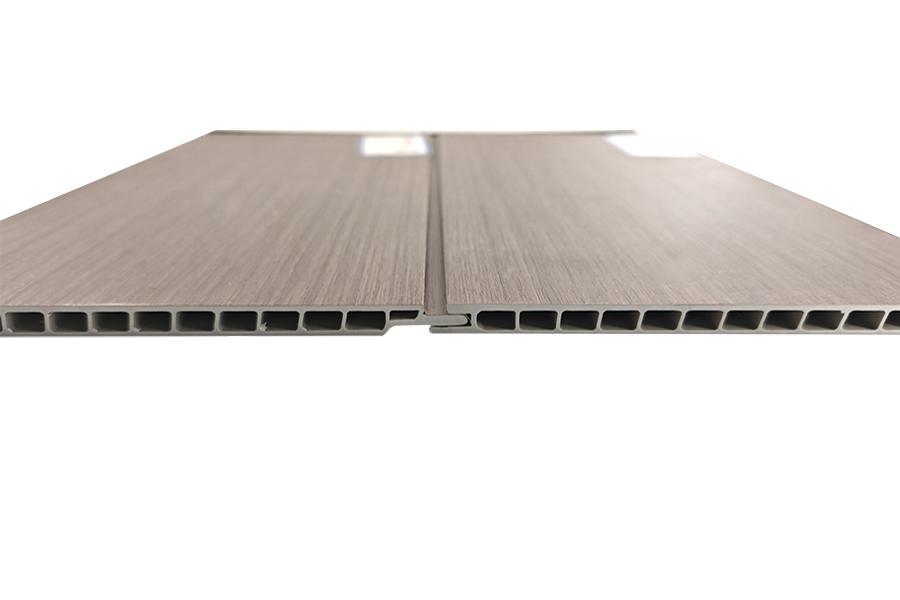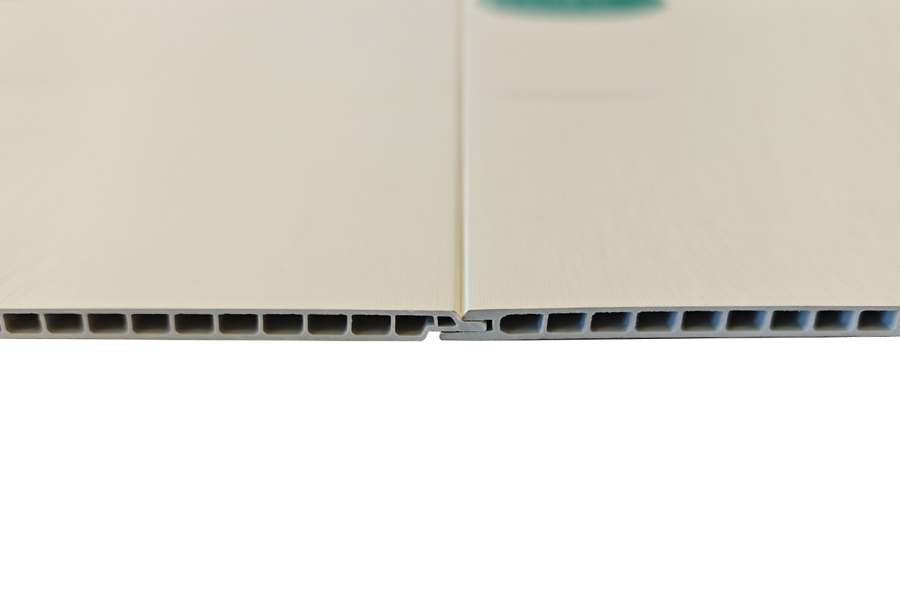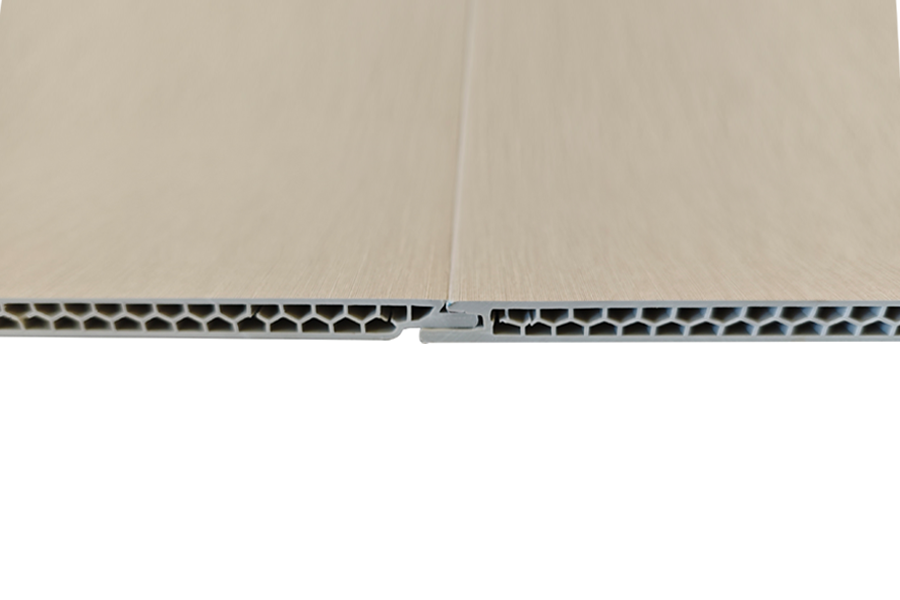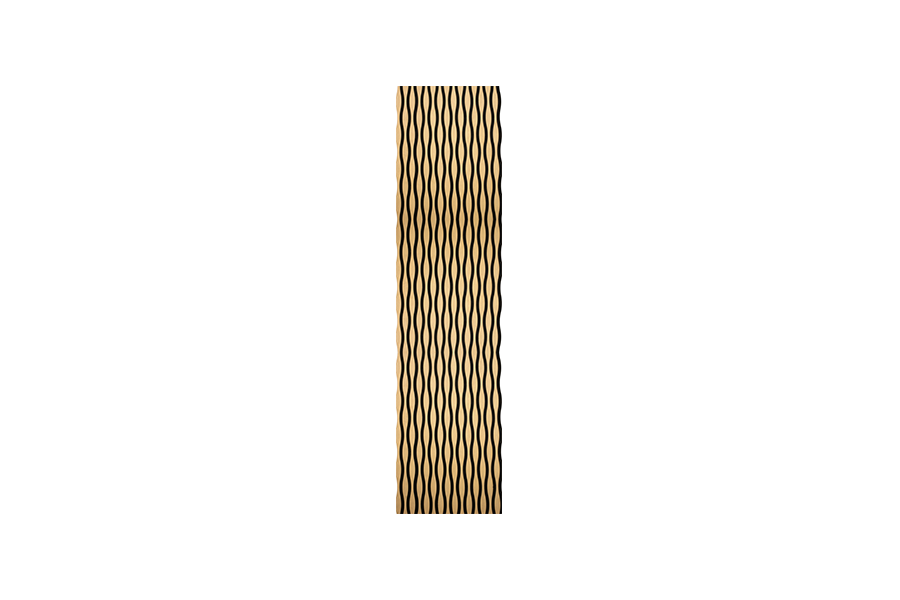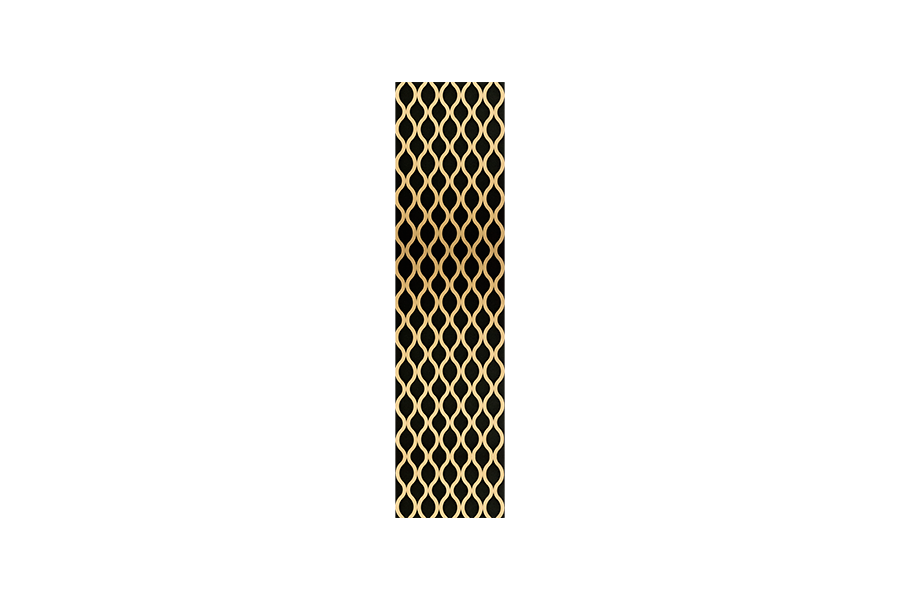SPC board, or Stone Plastic Composite flooring, has gained popularity in residential and commercial projects due to its durability, water resistance, and easy maintenance. Many homeowners and contractors are curious about its installation process, whether it can be laid over existing flooring, how to maintain it, and whether an underlayment is necessary. This article provides a comprehensive overview of these key aspects of SPC board.
Ease of Installation
One of the main advantages of SPC board is its user-friendly installation. Most SPC boards feature a click-lock system, which allows planks to be fitted together without the need for glue or nails. This floating floor method simplifies installation and reduces the time and effort required. Unlike traditional hardwood or laminate flooring, SPC board does not require acclimation for a long period before installation, making it convenient for quick renovations. Additionally, its rigid core ensures that planks remain stable and aligned, even in high-traffic areas.
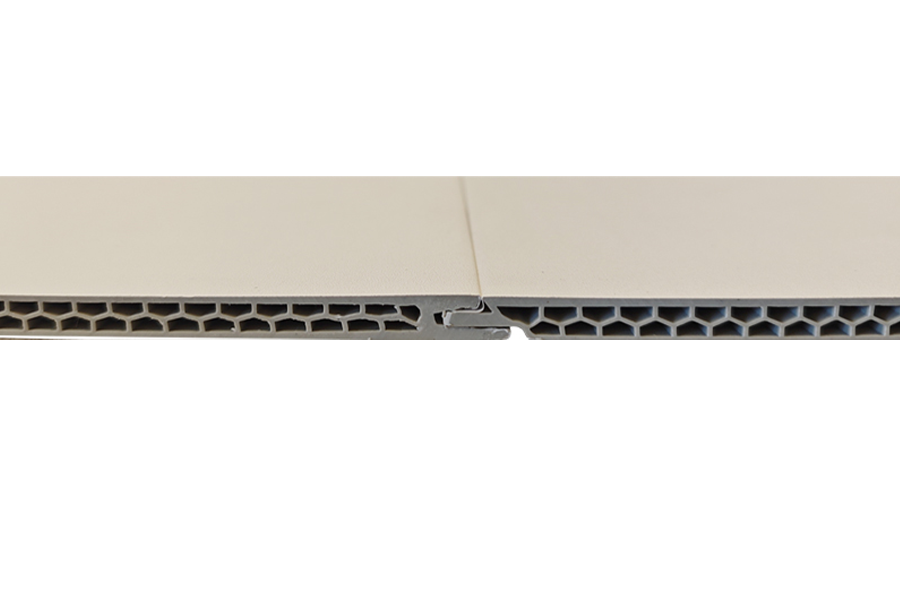
Installing SPC Board Over Existing Flooring
Another common question is whether SPC board can be installed directly over existing flooring. The answer is generally yes, as long as the surface is clean, level, and free of damage. SPC board can often be laid over tiles, vinyl, or even laminate, which reduces the need for removing the old flooring. This feature not only saves time but also minimizes dust and debris during installation. However, it is important to ensure that any uneven spots or bumps are addressed before laying the SPC board to maintain a smooth and stable floor.
Cleaning and Maintenance
Maintaining SPC board is straightforward, which adds to its appeal for both residential and commercial use. Regular sweeping or vacuuming removes dust and dirt that could scratch the surface. For deeper cleaning, a damp mop with mild, pH-neutral detergent is recommended. It is important to avoid excessive water or harsh chemicals, as these can damage the surface over time. SPC board’s water-resistant properties make it easier to manage spills in kitchens, bathrooms, or other areas prone to moisture. With proper care, SPC board can maintain its appearance and durability for many years.
Underlayment Considerations
A frequently asked question is whether SPC board requires an underlayment. Unlike some laminate or engineered wood floors, many SPC boards come with an attached underlayment or may not need one at all due to their rigid core structure. However, adding an underlayment can provide extra sound insulation, improved comfort underfoot, and minor leveling benefits on uneven subfloors. The choice of underlayment often depends on the specific installation environment and personal preferences for sound reduction and cushioning.
Advantages of SPC Board
Overall, SPC board combines ease of installation with low maintenance requirements, making it a versatile flooring option. Its ability to be installed over existing floors, minimal underlayment needs, and simple cleaning routine make it suitable for various spaces, from residential homes to commercial offices. Additionally, its durability and water resistance provide long-term performance in areas prone to spills or high foot traffic.
SPC board is a convenient and practical flooring solution. Its click-lock installation system simplifies the process, and it can often be laid directly over existing floors. Cleaning and maintaining SPC board is easy, requiring only regular sweeping and occasional damp mopping. While underlayment is not always necessary, it can enhance comfort and sound insulation. For those seeking a durable, low-maintenance, and easy-to-install flooring option, SPC board offers a reliable choice that meets modern demands for both functionality and convenience.






 Español
Español عربى
عربى русский
русский
